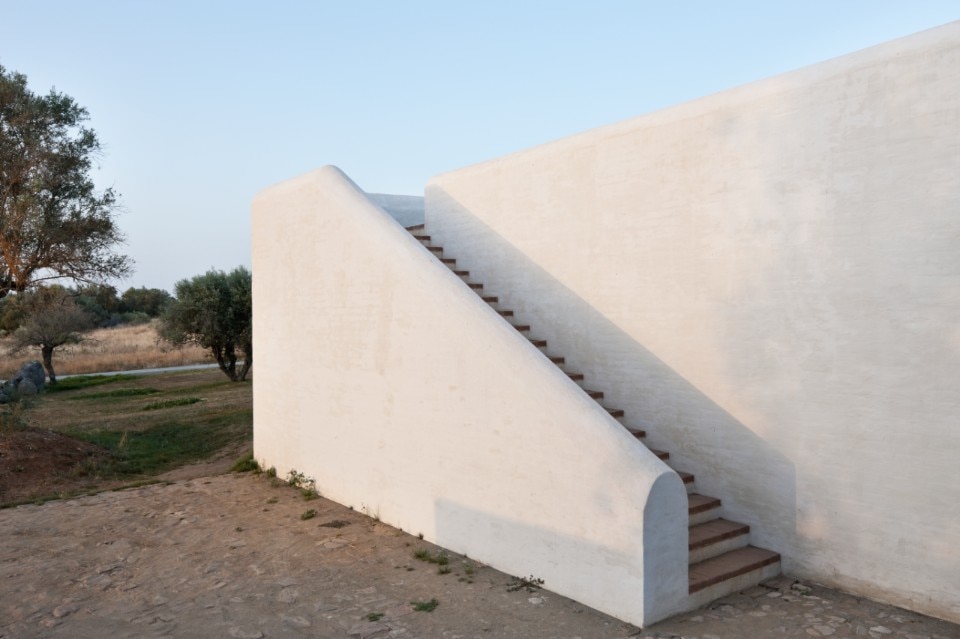Promoted by Fondazione Cariplo in a number of peripheral locations around Milan, “Lacittàintorno” is an urban regeneration programme supported by the City of Milan and carried out in collaboration with the Architecture and Urban Studies Department of the Politecnico di Milano.
Following the descriptions of other interventions carried out in the Corvetto and Adriano areas, the last instalment of this series is dedicated to the spontaneously stratified peripheral areas along Via Padova and around the old towns just north of Milan, which now have become part of the city.

The situation. Two-speed outskirts
The Via Padova area is different from other Milanese peripheral areas featuring large public housing projects, which are virtually absent in this part of the city.
This is a chaotic and mixed area, that over the years has experienced important transitions, shifting from working class neighbourhood and multi-ethnic zone, to its current status, balancing between a variety of possibilities.
Benefitting from little urban planning, this area has grown spontaneously around a number of main roads and old towns: a conformation also reflecting the multiplicity of identities that inhabit the linear extension of Via Padova and the centres of Casoretto, NoLo, Turro, Gorla, Cimiano, Crescenzago and even Greco. The urban texture is very compact: very few public spaces are suitable for spontaneous forms of socialization. With the exception of Parco Trotter and the Martesana axis, density is almost too high.

The last relevant aspect of the area is its double speed: on the one hand there is poverty and exclusion, on the other a transformative drive coming from the NoLo neighbourhood, where professionals, artists, and entrepreneurs have gathered introducing a series of competences and activities in a highly local residential and working dimension. Adjacent to transforming urban areas, characterised by a middle and upper-middle class population, there remain a number of problematic social and living realities. The area therefore presents the risk that different groups might develop conflictual relations. Such characteristics make of this peripheral area a perfect instance of contemporary urban dynamics: not only problems but also incentives that can be activated in name of an identity.
The intervention. Building a new identity
The “Lacittàintorno” intervention in the Via Padova area will initiate in February 2020 with the Punto di Comunità (the physical and symbolic hub of the urban regeneration plan) inauguration set for next autumn. The programme is based on three key themes. The first one is the complex narration of the territory: the intervention will operate towards the piecing together of the different identities, creating spaces for dialogue and exchange. In this direction, cultural co-production is the ideal tool to make the plurality of backgrounds emerge and to enhance them. The second theme revolves around the density of the urban fabric, the lack of spaces for socialization and the great community activism emerging from this area. The creative activation of new public areas for socialisation underlines the need for a round table with the city administration, in the form of collaborative agreements, which have also been instated in the other areas reached by “Lacittàintorno”.

The third theme is housing degradation, a delimited but no less critical problem: the Via Padova area presents new forms of collaborative housing, connected to apartment-block living contexts and work spaces in residential settings. An experimentation of new forms of coexistence and collaboration between inhabitants could lead to the initiation of a dialogue between different population strata.
A further theme of intervention is that connected to the area’s commercial sector, either traditional or ethnic: if supported in its qualification, without scarifying the mutual proximity, this intervention represents an incentive for the regeneration of the sector, also looking in the direction of urban attraction.
The texts are revised excerpts from the writings of Francesca Cognetti and Erika Lazzarino (DAStU).
Opening picture: A courtyard in via Arquà, across via Padova. Photo Alberto Dedè and Bruno Pulici for Lacittàintorno – Fondazione Cariplo

Klimahouse 2025: twenty years of sustainability
Now in its 20th edition, the international trade fair dedicated to responsible construction, energy efficiency and building renovation will be held in Bolzano from 29 January to 1 February.



















